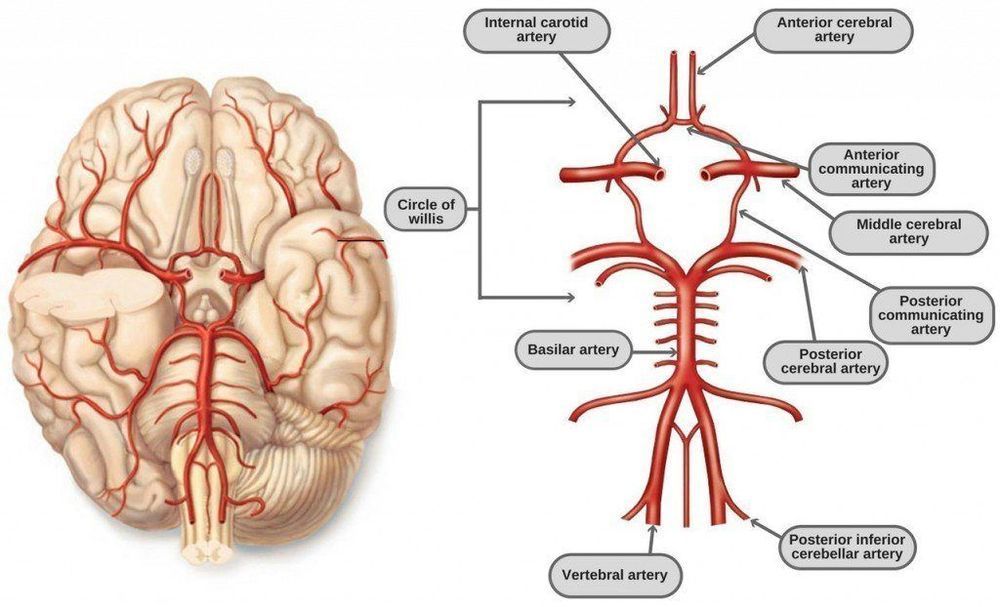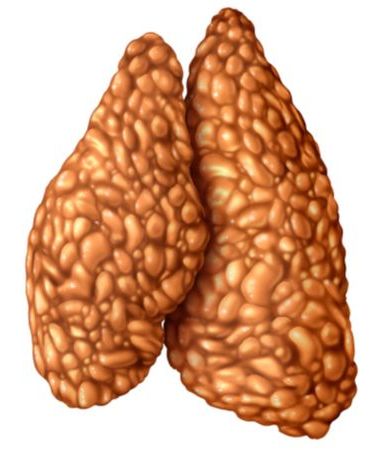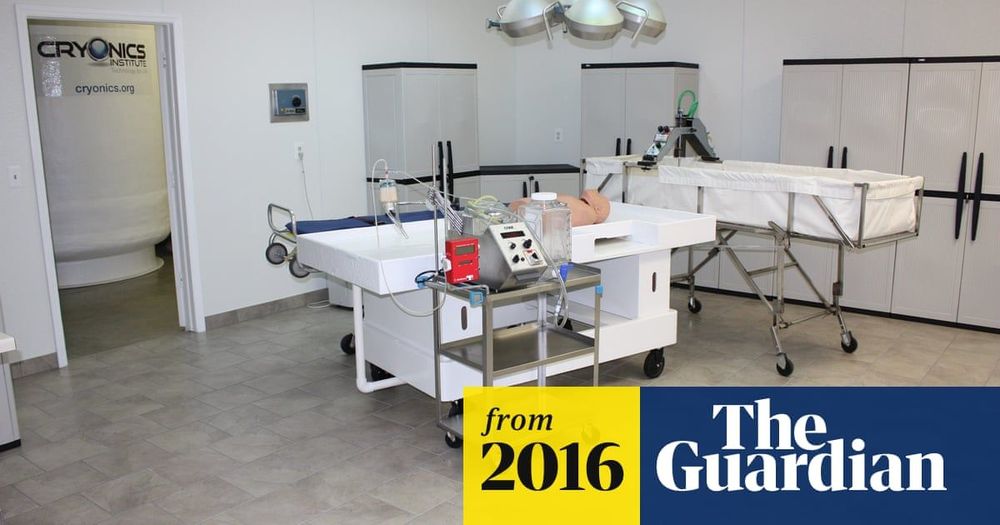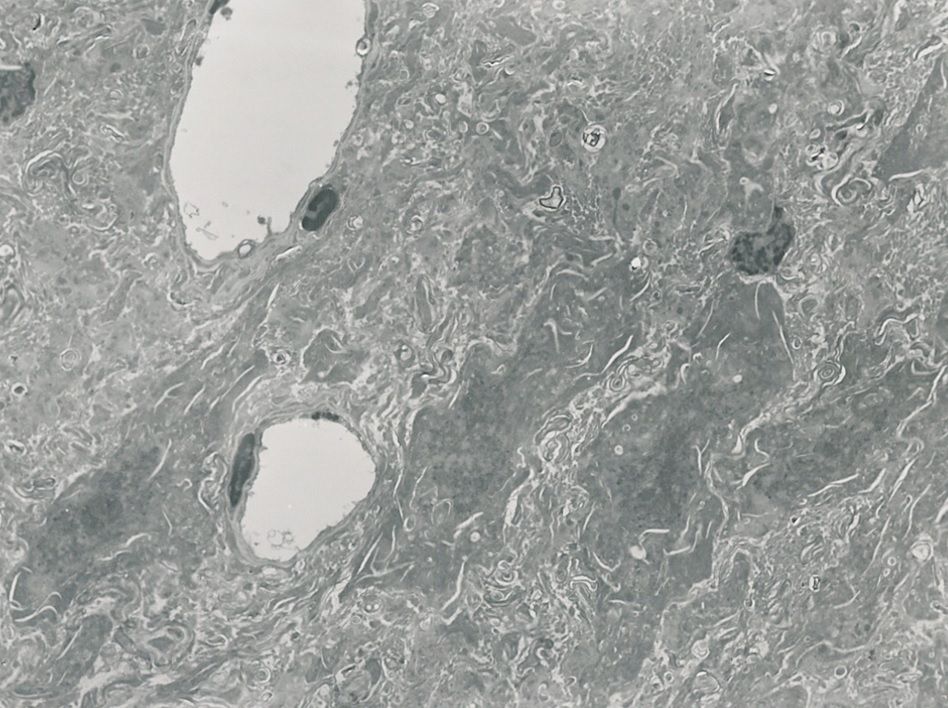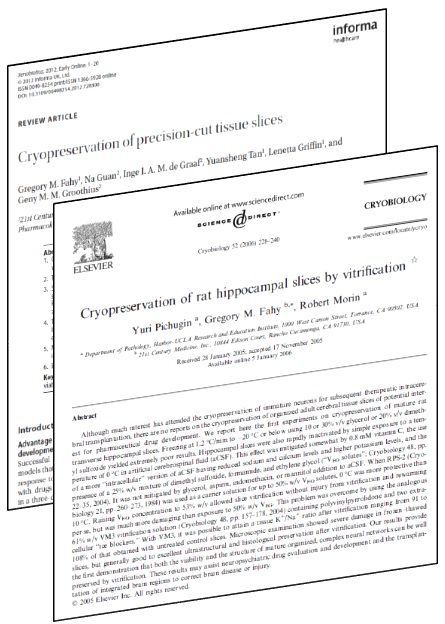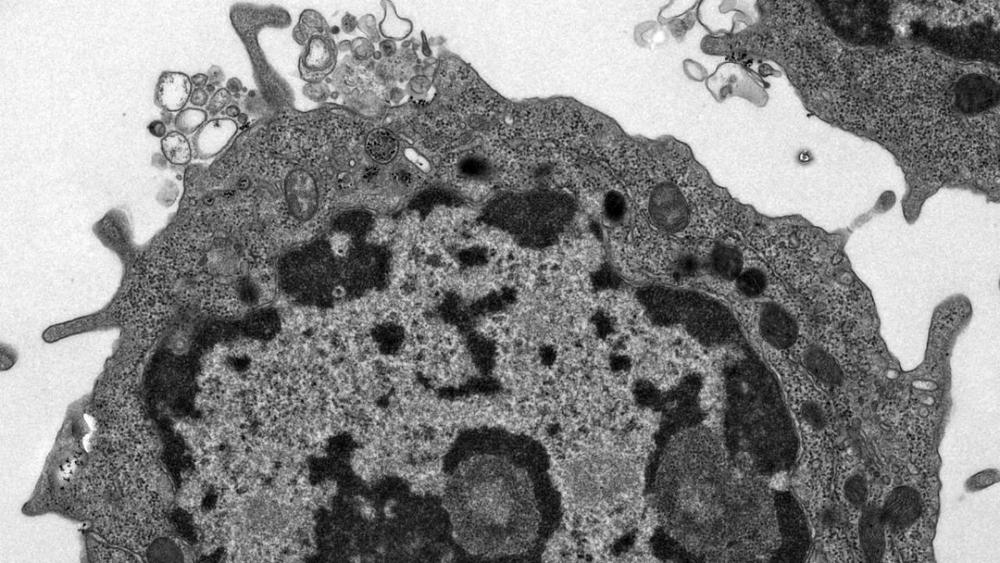Archive for the ‘life extension’ category: Page 381
Jul 3, 2019
The Circle of Willes in Cryonics Perfusion
Posted by Paul Battista in categories: biotech/medical, cryonics, life extension, neuroscience
Blood flows into the brain primarily via the carotid arteries and the vertebral arteries. The Circle of Willis is a circular arterial structure in the brain that connects blood flowing in from the carotid arteries with blood flowing in from the basilar artery (which is fed by the vertebral arteries). Blood flows from the Circle of Willis into brain tissue via the anterior, middle, and posterior cerebral arteries. Many studies have shown that the Circle of Willis is incomplete in most people. A 1998 study of 150 healthy adult volunteers showed a complete Circle of Willis in only 42% of cases — more often complete in younger persons and females [RADIOLOGY; Krabbe-Hartkamp, MJ; 207:103–111 (1998)]. A slightly more encouraging 2002 study of 118 healthy volunteers in the 65–68 age group, showed 47% had a complete Circle of Willis [THE JOURNAL OF CARDIOVASCULAR SURGERY; Macchi, C; 43:887–890 (2002)]
For cryonics purposes, it has been believed that perfusion into the carotid arteries, but not into the vertebral arteries will result in incomplete perfusion of the brain if the Circle of Willis is not complete. In particular, if both posterior communicating arteries are missing, then perfusing only through the carotid arteries will result in no blood getting to parts of the brain supplied by the posterior cerebral arteries. Both posterior communicating arteries were missing in 11% of those in the 1998 study and in 14% of those in the 2002 study cited above.
Nonetheless, a 2008 study showing Circle of Willis complete in only 40% of 99 patients found no case of insufficient perfusion in functional tests of patients given unilateral cerebral perfusion. The authors concluded that “extracranial collateral circulation” provides an alternative pathway to the Circle of Willis for cerebral crossperfusion [EUROPEAN JOURNAL OF CARDIOTHORACIC SURGERY; Urbanski, PP; 33:402–408 (2008)]. Although persons with missing posterior communicating arteries could easily have pathways to opposite sides of the brain, other variants of Circle of Willis incompleteness would be expected to prevent perfusion across hemispheres.
Jul 3, 2019
A Step Closer to Regenerating the Aging Thymus
Posted by Steve Hill in categories: biotech/medical, life extension
Researchers from the Monash Biomedicine Discovery Institute have made progress in the quest to rejuvenate the aging immune system by identifying the factors responsible for the age-related decline of the thymus.
The thymus shrinks as we age
The thymus is one of the most important organs in the body, and it is where thymocytes produced in the bone marrow travel to become new T cells before being trained in the lymph nodes to become the defenders of the adaptive immune system. However, as we get older, the thymus increasingly turns to fat and starts to shrink, causing its ability to produce new T cells to fall dramatically. This process is known as thymic involution and actually begins shortly after puberty, so this is one aspect of aging that begins fairly early in life, although it is many decades later before its decline causes serious health issues.
Jul 3, 2019
Humans don’t actually want to be immortal, we just want to be forever young
Posted by Derick Lee in categories: biotech/medical, life extension

For a personal sense of wellness, we may still be better off thinking of aging as an inevitable process with certain positive aspects—like additional wisdom accumulated through experience—rather than a sickness we hope to eradicate. If the many startups working on extended youth and anti-aging endeavors actually manage to create a magic potion that keeps us forever young, then someday we may get the chance to think about what, if anything, humanity loses when it finally finds the fountain of youth.
Aging has come to be seen as a disease we should be preventing.
Jul 2, 2019
The Rejuvenation Market in Singapore
Posted by Steve Hill in categories: biotech/medical, economics, finance, government, life extension
With its growing aging population, Singapore has a looming crisis, but could also be primed to become a major player in the rejuvenation biotechnology industry.
Singapore has one of the fastest-aging populations in the world. Senior citizens 65 years old or older are expected to make up almost half of Singapore’s population by 2050. Unfortunately, this swelling population is spending more time living with sickness, even though they live longer. While average lifespans have been extended, healthspans have not. [1] Singaporeans have an impressive average life expectancy of 84.8 years, but an average Singaporean born in 2017 is predicted to spend the last ten and a half years in sickness, compared to how a Singaporean born in 1999 is likely to spend only nine twilight years in deteriorating health.
This is becoming a massive concern for the Singaporean government because of the financial strain that this is imposing on Singapore’s budget. Having the world’s second-lowest birth rate coupled with a rapidly aging population means that the ratio of working adults to senior citizens is quickly shrinking. In 2007, there were 6.9 working adults for every senior citizen. By 2030, there will be 2.3 working adults per senior citizen.
Jul 2, 2019
The cryonics dilemma: will deep-frozen bodies be fit for new life?
Posted by Paul Battista in categories: cryonics, life extension, neuroscience
350 corpses stored in liquid nitrogen await immortality. But detractors say the brain’s complexity is a major stumbling block.
Jul 2, 2019
21CM Cryopreservation Eval Page Foundation
Posted by Paul Battista in categories: biotech/medical, cryonics, life extension, neuroscience
21st Century Medicine (21CM) is a cryobiology research company whose core mission is to develop a cryopreservation protocol sufficiently benign that whole, donated human organs could be vitrified (stored below −130 degrees Celsius without ice formation) and rewarmed when needed for transplantation –an incredibly ambitious goal that has so far eluded medical researchers. 21CM’s scientists are the original pioneers of whole organ vitrification and have been diligently working on the technique for decades. A significant milestone of their progress toward that goal is their demonstration work on rabbit kidneys. Two of their most relevant publications are “Cryopreservation of organs by vitrification: perspectives and recent advances” (Fahy, Wowk, Wu, Phan, Rasch, Chang & Zendejas 2004) and “Physical and biological aspects of renal vitrification” (Fahy, Wowk, Pagotan, Chang, Phan, Thomson & Phan 2009). These papers are a fantastic resource for anyone interested in just how difficult it is to cryopreserve large organs (and by extension whole animals) for long-term storage with the intent on later recovery of biological function. In short, it is incredibly difficult but progress is slowly being made.
The state-of-the-art whole organ vitrification techniques developed by 21CM are the basis of the human cryopreservation protocols used by some cryonics companies (e.g. Alcor). This is made clear in Alcor’s 2004 publication in the New York Academy of Sciences “The Arrest of Biological Time as a Bridge to Engineered Negligible Senescence” (Lemler, Harris, Platt & Huffman 2004).
Continue reading “21CM Cryopreservation Eval Page Foundation” »
Jul 1, 2019
Anti-Aging Approaches
Posted by Paul Battista in categories: bioengineering, biotech/medical, life extension
Sirtuins can be activated by a lack of amino acids or of sugar, or through an increase in NAD. — David Sinclair If you have not heard of #davidsinclair then it is time you have. he is at the forefront of anti aging research and one of my heroes. While we wait for the miracle pills there are alot of thing we can do to help us age better already. #biohacking #biohacker
Can a single molecule extend lifespan?
Jul 1, 2019
It’s Hard to Kill Blood Stem Cells—Now We Know Why
Posted by Paul Battista in categories: biotech/medical, life extension
For most of their lives, our hematopoietic stem cells (HSCs)—which produce all of our blood and immune cells—are quiet and inactive. But they also are the toughest cells in the blood system, able to survive exposure to levels of radiation or viral infections that kill most other blood cells.
A new study from researchers in Columbia’s Stem Cell Initiative has discovered how HSCs cheat death, which could lead to new therapies for blood cancers and other diseases related to aging and improve stem cell transplantation.

